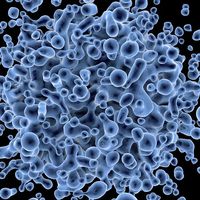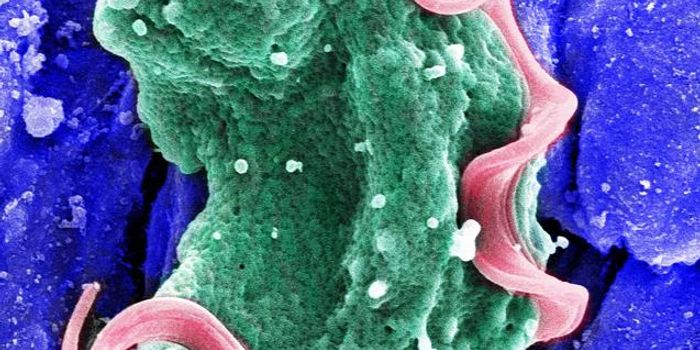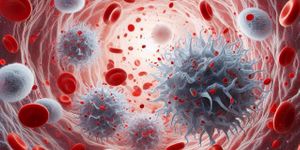Rare Cells Associated with Immune Disorders
The immune system’s primary responsibility is to recognize and target invading pathogens. Various immune cells are orchestrated to carry out this responsibility. Additionally, these cells are organized into two different arms of the immune system: innate and adaptive. The innate immune system responds in a general fashion in which cells target anything they flag as foreign. Innate immune cells are the first ones at the site of infection and are responsible for inflammation. The adaptive immune response is more specific to which cells they can target. Adaptive immune cells, such as T cells, are the second to respond and are activated through the innate immune system. For example, cells known as dendritic cells will present a foreign invader protein on their surface to T cells. Once the T cell engages with this protein it will become activated and target foreign cells expressing a similar protein. In this case, the innate immune system acts as a bridge to the adaptive immune response. After T cells are activated, memory T cells will form so once the same disease or infection enters the body again, the adaptive immune response is ready and can attack it. Interestingly, vaccine technology is based on the concept of immunological memory.
A vaccine will expose a foreign biomaterial into the body and the immune system will build an immune response to eliminate it. At the same time, the immune system is recording that infection and generating a memory so that if it enters the body again, it will be targeted right away and not cause illness. Although there is much understood about the immune system, scientists are still investigating inter- and intracellular immune mechanisms to improve therapy.
A recent article in Science, by Dr. Yasuhiro Murakawa and his team discovered a novel immune cell and gene signature related to immune disorders including multiple sclerosis (MS), rheumatoid arthritis, asthma, and others. Murakawa is a scientist and Director of the RIKEN-IFOM Joint Laboratory for Cancer Genomics. His lab uses computational and experimental approaches to investigate the complexities of human health. More specifically, he studies cancer development and maintenance to try and understand the genetic landscape in which tumors progress.
A new technology referred to as ReapTEC, identified genes in rare subsets of T cells linked to immune disorders. As a result, the team published an atlas of new T cells and is now publicly available. The purpose is to help develop novel therapeutics specifically for immune diseases. ReapTEC is a technology that profiles gene expression using next generation sequencing. By using ReapTEC, Murakawa and his team were able to map sites that would initiate gene expression. Consequently, they characterized rare T cell types and demonstrated that heritability of immune disorders based on gene expression availability. Genetic variants were also identified, which could help find targetable biomarkers for various immune disorders. This work utilized computational methods to identify rare T cells associated with disease. Taken together, the T cell atlas made publicly available can provide key insight when developing therapeutics and has the potential to improve quality of life and extend survival in patients.








